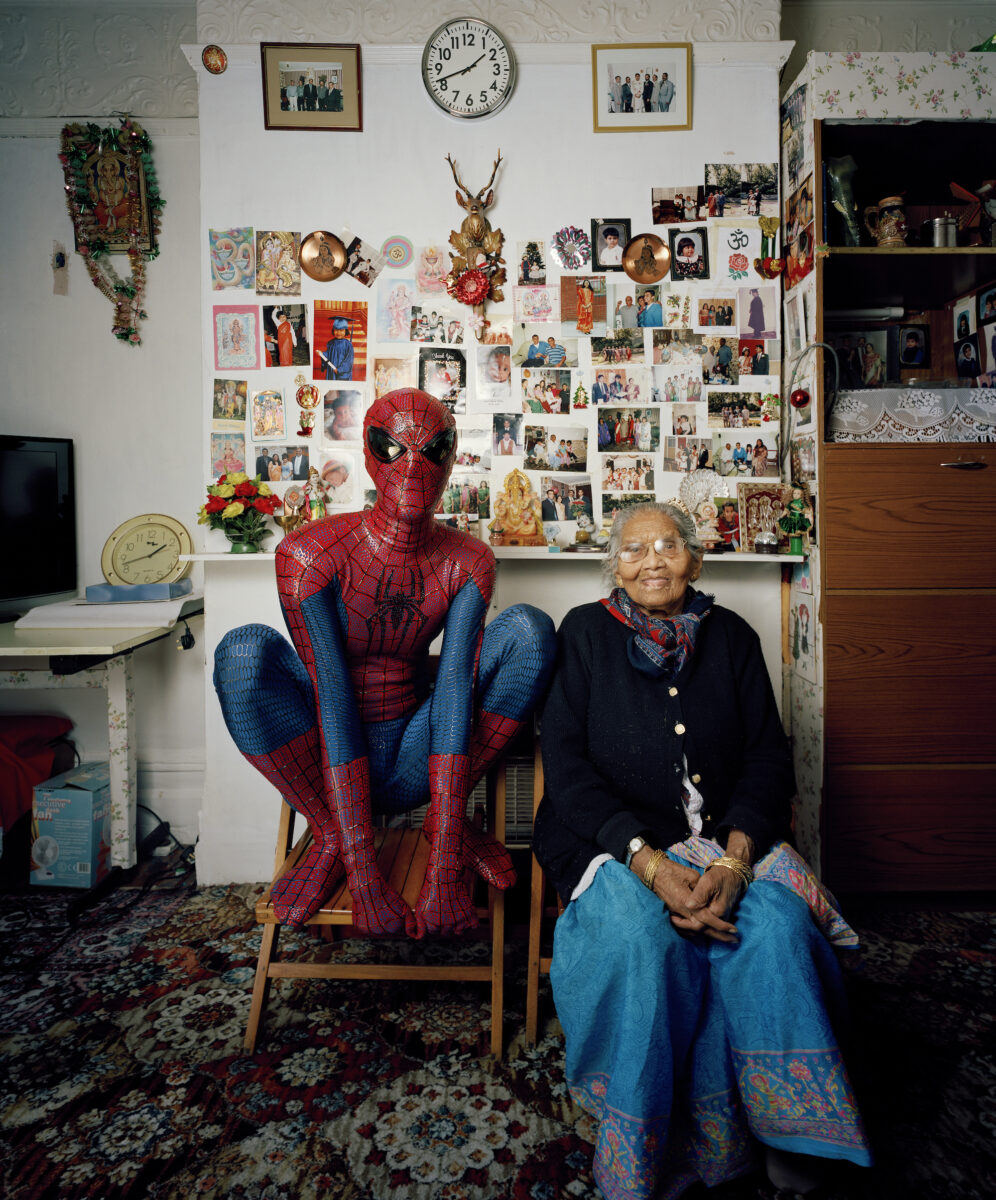Landscape Series no. 1
2013 - Installation (Installation)
Nguyen Trinh Thi
Landscape Series no. 1 presents landscape as a “quiet witness of history.” It began with searches of online archives of Vietnamese news-media, for images of figures in landscapes “pointing, to indicate a past event, the location of something gone, something lost or missing.” The uniformity is striking but the sequence is subtly structured: the typology hints at narrative progression, though of an uninformative narrative, lacking details.
Nguyen Trinh Thi is a moving image pioneer, not only within the landscape of contemporary art in Vietnam, but also broader South East Asia. Her training in journalism, photography and ethnographic studies anchors her artistic commitment to the essay film, a signature method of narrative that she explores in her investigation of perception, often re-working found footage into alternate historical tales of memory. Nguyen’s practice – embracing film, photography, installation and performance – engages various intelligences in its research: from indigenous farmer to shaman, from urbanite to rural farmer, from war archivist to sound specialist. Such interdisciplinary involvement reflects her keen social interest in the function of memory, particularly the presence of absence. In her investigation of: labor and its gendering; the archive and what it does not interpret; perception and the privileging of sight – Nguyen crafts specific tales of contest, her work reflecting a complex web of social relations that begs assumptions of value re-configured.
Colors:
Other related works, blended automatically
» see more

© » KADIST
Nguyen Trinh Thi
2021The essay film How to Improve the World by Nguyen Trinh Thi takes us into an indigenous village of the Jrai people in the Central Highlands of Vietnam, in Gia Lai province...
Related works sharing similar palette
» see more

© » LARRY'S LIST
Yu Ji
The collector is developing projects that allow her to support artists in her own unique way....
Other works by: » Nguyen Trinh Thi
» see more

© » KADIST
Nguyen Trinh Thi
2021The essay film How to Improve the World by Nguyen Trinh Thi takes us into an indigenous village of the Jrai people in the Central Highlands of Vietnam, in Gia Lai province...
Related artist(s) to: Nguyen Trinh Thi » Andrée Putman, » Derek Boshier, » Jun Nguyen-Hatsushiba, » Nguyen Huy An, » Nguyen Manh Hung, » Phnom Penh, » Tiffany Chung, » Tran Luong, » Vandy Rattana
» see more

© » KADIST
Vandy Rattana
2009Vandy Rattana’s Bomb Ponds series was made following a transformative encounter with the craters left over from 2,756,941 tons of bombs dropped by U...

© » KADIST
Jun Nguyen-Hatsushiba
2003Filmed underwater, this is the third video in Nguyen-Hatsushiba’s “Memorial Project” series which began in 2001...
Related works found in the same semantic group
» see more

© » KADIST
Drinks at 6pm, talk at 7pm What is the mirror effect between landscape and technology, and how do different perspectives and approaches affect our mental images of landscapes? On the occasion of the collaborative exhibition Landscape: the virtual, the actual, the possible? at YBCA, co-curators Betti-Sue Hertz, Ruijun Shen, and Xiaoyu Weng invite some of the artists in the exhibition to reflect on their individual relationships with and conceptions of landscape....

© » KADIST
Shi Guowei
Through a hand-painting process, Shi Guowei created Manufactured Landscape ...

© » KADIST
Juan Covelli
2021El Salto (The Jump/The Waterfall) by Juan Covelli depicts the Salto de Tequendama, a waterfall located on the outskirts of southwest Bogota...

© » KADIST
Robert Zhao Renhui
2012Changi, Singapore, possibly 1970s is from the series “As We Walked on Water” (2010-2012), which looks into Singapore’s history around the phenomenon of land reclamation...



